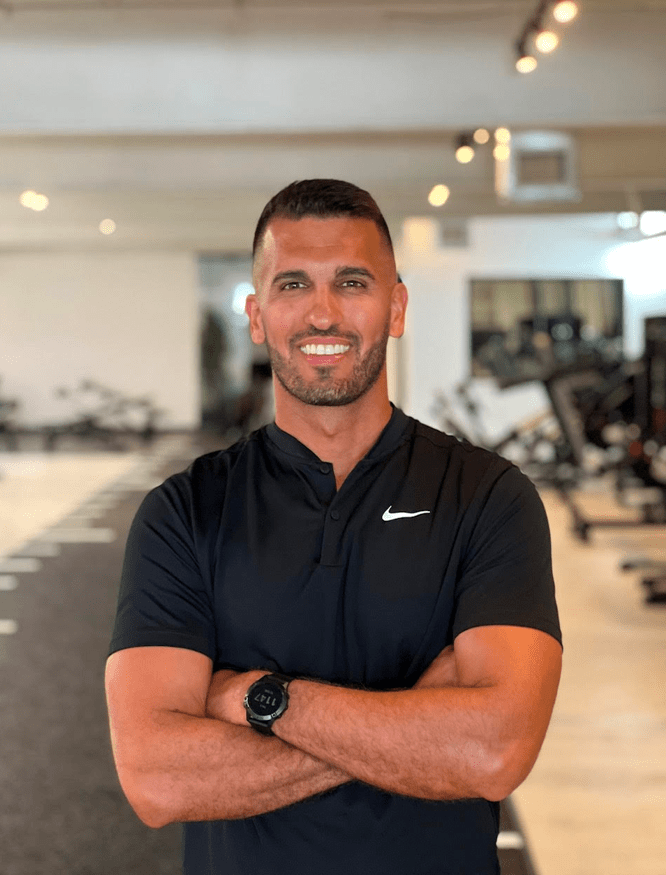Introduction
Have you ever heard of runner’s knee and wondered what it is? Maybe you’ve felt pain in your knee while running and want to find relief. This blog post will introduce you to physical therapy for runner’s knee, explaining what it is and how treatment can help.
Along with treatment options, this guide will also cover how to prevent Runners Knee, offering practical advice and insights. Prevention is an essential aspect of overall knee health, and understanding how to protect your knees can lead to a more enjoyable and pain-free running experience. Keep reading to learn more about this common problem and the solutions available.
What is runner’s knee?
Runner’s knee, medically known as patellofemoral pain syndrome, commonly causes pain around the knee joint. It’s one of the most common physical therapy injuries in the knee and often requires specialized care. This pain usually occurs when the knee is bent and is typically associated with activities that put repetitive stress on the knee, such as running or jumping. The term “runner’s knee” is somewhat broad and can encompass various knee injuries, including irritation or misalignment of the kneecap. One might experience a sensation of grinding or clicking in the knee joint or feel pain, specifically when the knee is bent during activities like squatting or climbing stairs. Specific measures like hip and knee strengthening exercises can decrease knee pain and help prevent and treat this condition. Understanding the mechanics of the knee joint and recognizing early signs of knee injuries is crucial in effectively managing and treating runner’s knee.
The Role of Physical Therapy

Physical therapy is crucial in treating runner’s knee. A skilled physical therapist can assess the condition and create a customized plan to heal the knee. This treatment often includes stretches for knee pain running, and exercises to strengthen the muscles around the knee. This helps the knee to function correctly and reduces pain. By working closely with the patient, the physical therapist can monitor progress and adjust the plan as needed, ensuring a recovery pace that is both safe and effective. Physical therapy addresses the immediate pain and teaches lifelong skills and habits to keep knees healthy and resilient. It’s a comprehensive approach that looks beyond temporary relief, aiming for long-term success and well-being.
Does Physical Therapy Help Runner’s Knee?
Physical therapy for runner’s knee is highly effective. It focuses on the underlying cause of the pain, such as muscular imbalance or misalignment, rather than just treating the symptoms. With a combination of stretches, exercises, and sometimes even special equipment, physical therapy can alleviate pain and prevent future problems. More information on runner’s knee, its causes, symptoms, and treatment can be found at Cedars Sinai.
Physical Therapy Technique
Physical therapy for runner’s knee typically includes a variety of techniques—these range from manual manipulation to targeted exercises. Part of the specialized therapy for Runners Knee includes hip and knee strengthening exercises. These exercises are designed to enhance muscle support around the knee and may involve positions such as having the knees bent, moving the leg forward, or alternating between the left leg and right leg. Specific exercises like leg bending can be tailored to individual needs to promote flexibility and alignment. By focusing on these targeted movements, a physical therapist can help build strength and stability, reducing pain and promoting a safe return to running and other activities.
Specific Exercises and Stretches
Runner’s knee, also known as patellofemoral pain syndrome, can be effectively managed with targeted exercises and stretches. Incorporate strength training exercises that focus on the hips, thighs, and core to provide crucial support for the knee joints. Some examples include squats, lunges, and hip bridges. Prioritize regular stretching, emphasizing dynamic stretches for the quadriceps, hamstrings, and calf muscles. This helps maintain flexibility and prevent undue stress on the knees.
Specific stretches that can help for runner’s knee include the quadriceps stretch, where you stand on one leg and bring your heel towards your buttocks, and the hamstring stretch, where you sit on the floor with one leg extended and the other foot positioned against the inner thigh. Additionally, the ITB stretch and glute stretch can also be beneficial. It’s important to consult with a healthcare professional or physical therapist for personalized guidance and to design a custom treatment plan.
Pain Management and Prevention Strategies

Despite the number of possible treatments, runner’s knee can still cause pain to individuals for some periods of time. Here are some pain management and prevention strategies that you can adopt if you are suffering from pain due to runner’s knee.
Identify the underlying cause: The first step is to determine the underlying cause of the knee pain. This may involve consulting with a trained physical therapist or orthopedic physician who has experience working with runners. Identifying the cause will help determine the most effective treatment approach.
Rest and stop running: If you start to feel pain in your knee while running, it is important to stop immediately. Running through the pain can prolong the healing process and lead to further injury. Resting and allowing the knee to heal is crucial.
Use elastic bandage or sleeve: To restrict swelling, you can wrap your knee with an elastic bandage or sleeve. However, make sure not to wrap it too tightly as it may cause swelling below the knee.
Elevate the knee: Placing a pillow under your knee when sitting or lying down can help prevent further swelling. If there is significant swelling, keep your foot elevated above your knee and keep your knee above the level of your heart.
Medication: Consult with your doctor about taking medications such as acetaminophen or ibuprofen to relieve pain and discomfort.
Physical therapy: Your physical therapist may recommend rehabilitation exercises to strengthen the muscles around your knee and improve limb alignment. They may also suggest using supportive knee braces or arch supports and teach you how to tape your knee for pain reduction and improved movement.
Ice therapy: Applying ice to the affected area can help reduce inflammation and relieve pain. Use an ice pack or ice wrapped in a towel and apply it to the knee for 15-20 minutes at a time, several times a day.
Stretching and strengthening exercises: Regular stretching and strengthening exercises can help prevent or reduce runner’s knee pain. Exercises such as quad sets, straight-leg raises, and step-ups can help strengthen the muscles around the knee. It is important to perform these exercises with proper form and gradually increase intensity and difficulty.
Listen to your body: Pay attention to any pain or discomfort while running. If you experience sharp pain in your knee, it is recommended to stop running and consult with your doctor.
By following these steps, you can effectively manage pain and prevent further injury associated with runner’s knee. It is important to consult with a healthcare professional for a proper evaluation and personalized treatment plan.
Supportive Gear and Footwear
Wearing the correct gear and footwear is another vital step in treating runner’s knee. Shoes with proper support and cushioning can minimize stress on the knee, particularly with the leg bent during activities like running or walking. Paying attention to the alignment of the left foot, for example, can help ensure that pressure is distributed evenly across both feet, further supporting the knee. In addition, utilizing braces or bands specifically designed to support the knee can be helpful. Selecting the right footwear and supportive gear can make a significant difference in comfort and recovery, helping to create an optimal environment for healing and prevention.
Finish Line Insight: Conquering runner’s knee
Physical therapy for runner’s knee is a well-established treatment approach for one of the most common physical therapy injuries. With the assistance of a professional physical therapist and proper pain management strategies, recovery is within reach. Following the guidelines in this post, including stretches for knee pain running, proper footwear, and learning how to prevent runner’s knee, you can return to your favorite activities pain-free.
Runner’s knee doesn’t have to mean the end of your athletic pursuits. You are investing in your long-term health and comfort by employing techniques like hip and knee strengthening, maintaining correct postures such as knees bent and leg forward, and choosing the right footwear. Today’s tools, techniques, and expert guidance make healing and prevention feasible. Stay engaged with your recovery; soon, you’ll be back on track, enjoying the activities you love!
Ready to take the first step toward recovery? Visit Inspire PT to explore tailored treatment options and schedule your consultation. Your path to a pain-free future starts today!


